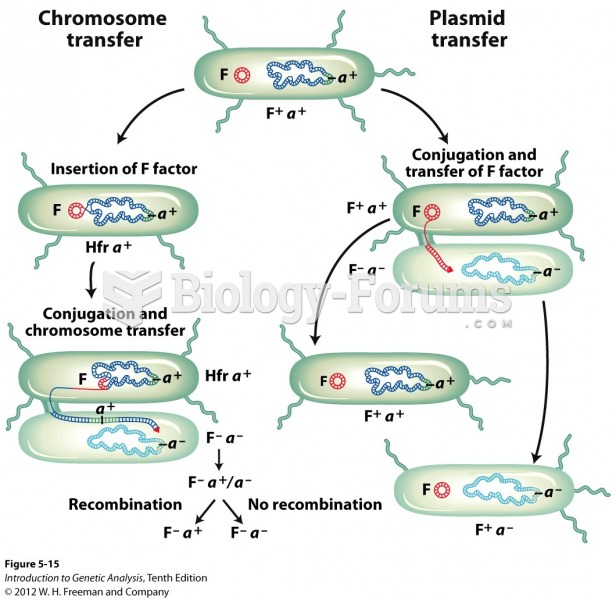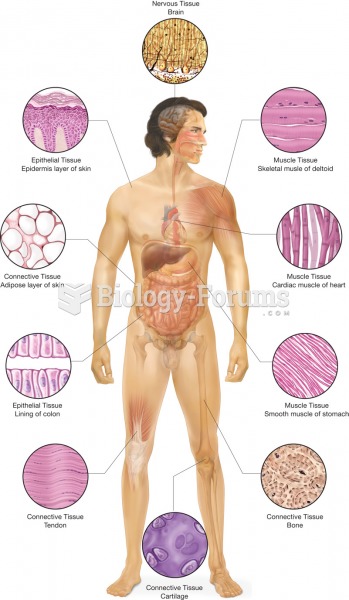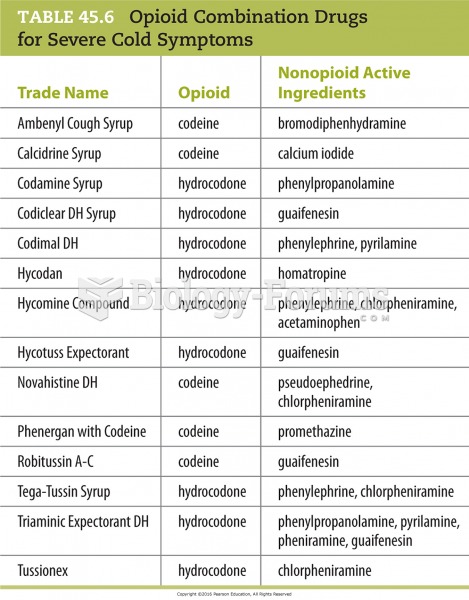Answer to Question 1
Define HIV and AIDS:
HIV is the human immunodeficiency virus,and AIDS is the acquired immune deficiency syndrome that is caused by HIV.
List and describe the symptoms:
Most people who become infected with HIV at first experience no symptoms at all. If symptoms do occur, they may resemble those of the common cold or flu, including fever, headache, fatigue, and rashall the usual signs that the immune system is responding to a foreign microorganism. These signs of infection typically occur within a few days to several weeks after exposure, and usually resolve within one to three weeks; however, these symptoms are too general to serve as reliable indicators of HIV infection.
Over time, HIV microbes continue to multiply in the body, attacking and killing immune system cells, especially CD4+ T-cells, the body's first line of defense against most infections. As the immune system weakens, new and more severe symptoms begin to appear. These include loss of energy; unexplained weight loss; frequent fevers and night sweats; frequent yeast infections; enlarged lymph glands; persistent skin rashes or flaky skin; short-term memory loss; mouth, genital, or anal sores; and blurred vision.
Explain the three types of therapies used to treat HIV:
Treatment consists of a three-pronged approach: attacking the virus itself, strengthening the immune system, and preventing and controlling opportunistic infections and diseases.
Answer to Question 2
When signs are present, the most common symptom of chlamydia infection is a thick, cloudy discharge from the vagina or penis occurring one to three weeks after exposure to the bacterium. This discharge is typically less noticeable in women than in men. Most women experience some normal fluid discharge from the vagina associated with hormonal changes of the menstrual cycle. However, the fluid associated with chlamydia is typically greater in quantity and cloudier in appearance. Other symptoms women may experience include pelvic pain, irregular periods, increased pain during menstrual periods, discomfort during urination, or irritation of the vaginal or anal area. Men who become infected usually experience a discharge from the penis and a burning sensation when urinating. Men may also notice irritation or inflammation at the opening to the urethra, and in the morning the urethral opening may be red and sealed together with dried secretions.







